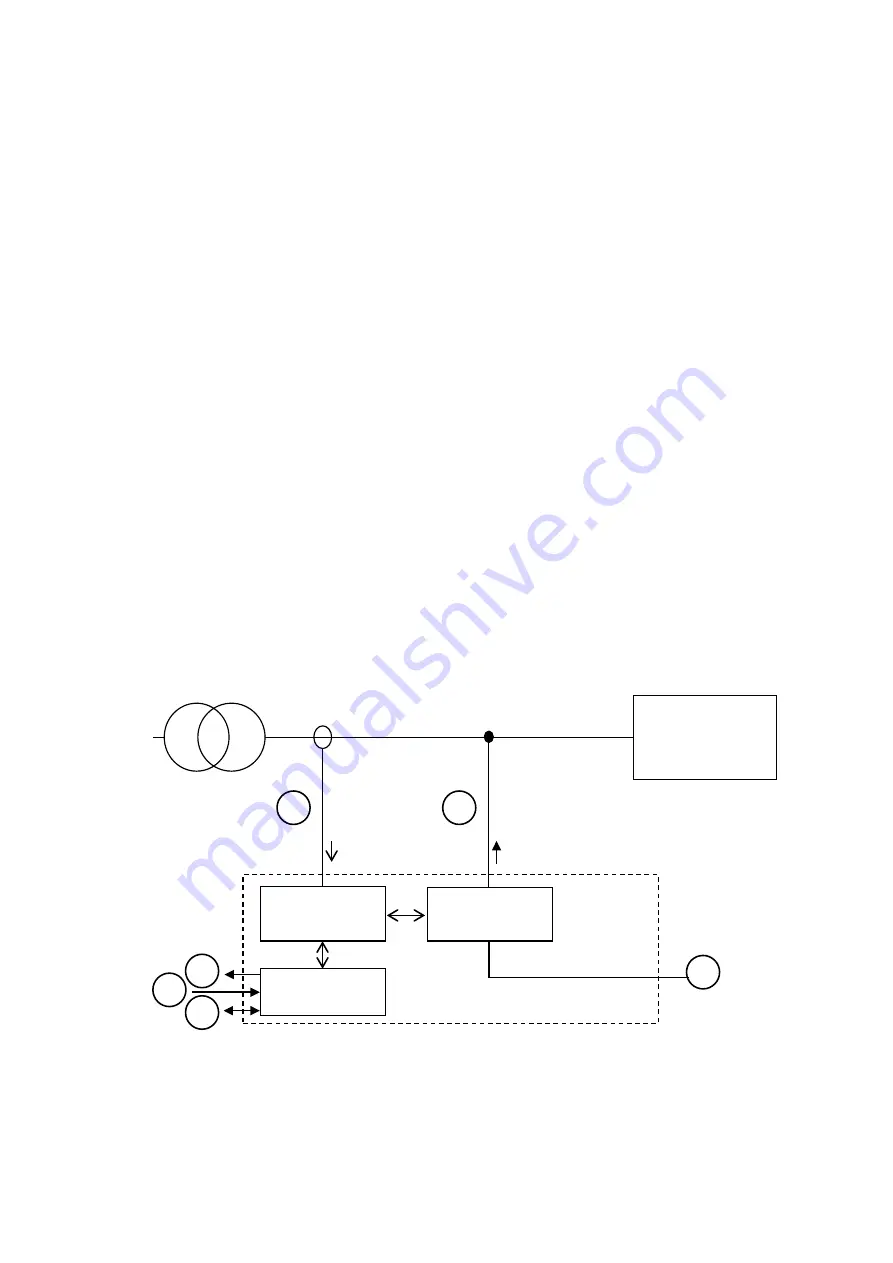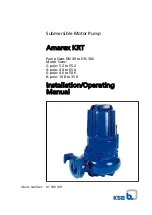
14 Hardware description
Manual Power Quality Filter PQFS
—
4
Hardware description
4.1
What this chapter contains
This chapter describes a typical PQFS-filter system and discusses its main components.
4.2
Typical PQFS filter panel layout
The PQFS active filter is basically composed of two parts (
−
A filter controller that determines the anti-harmonic current to be injected based
on the line current measurements and the user’s requirements. The line current
measurements are obtained from current transformers (CTs) provided by the
customer. The CTs must be connected upstream of the connection point of the
filter and the loads. The user enters his requirements by means of the PQF-
Manager user interface. This device also acts as the user’s connection point for
the alarm/warning contacts, the remote control functionality, the other digital
input functionality and the interface for external communication.
−
A current generator (power unit) that converts the control signals generated by
the filter controller into the filter compensation current. The current generator is
connected in parallel with the load(s). Up to eight power units may be connected
in parallel in one filter unit. The enclosure(s) containing the/a filter GUI controller
are referred to as master units. The other enclosures are referred to as the slave
units. In an active filter system more than one master unit can be present.
Compensation current
Current measurements
Non-linear load(s)
- Three-phase
- Single-phase
Supply
PQFS Filter panel
PQF main
controller
PQF current
generator 1
PQF Manager
1
2
3
5
4
6
Figure 8: PQFS schematic overview with user connections
The user connection description is given in















































